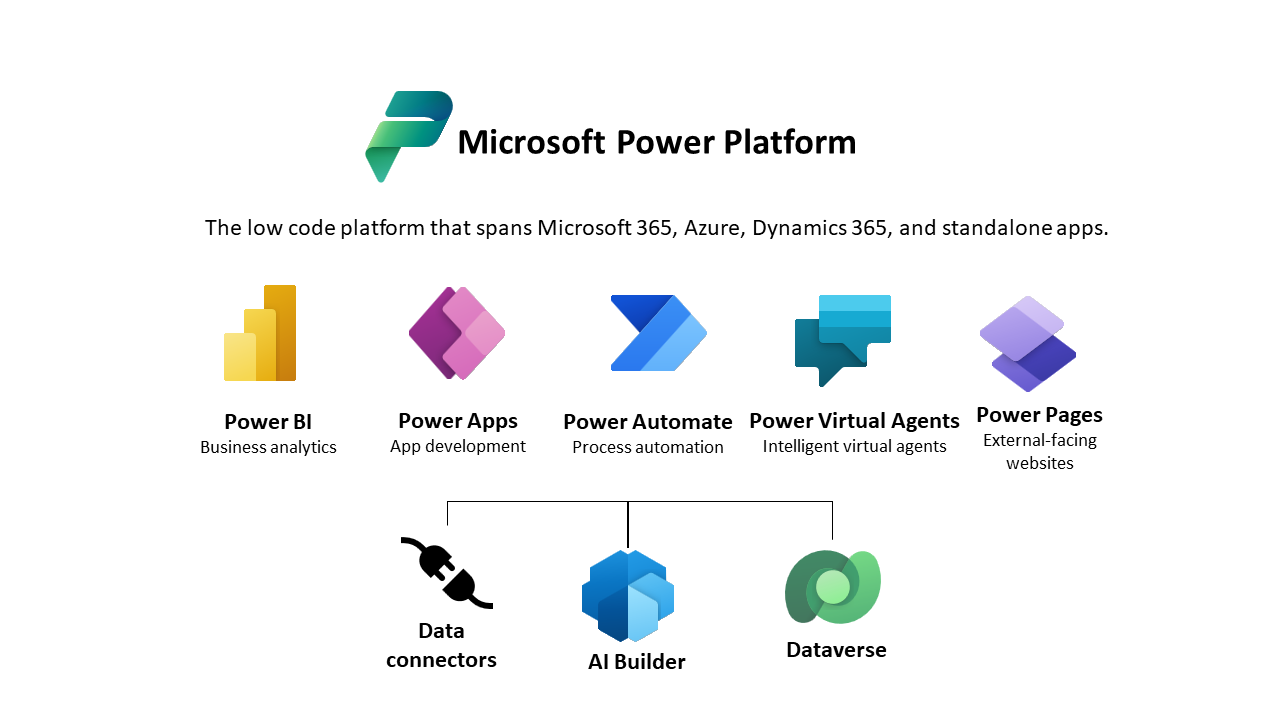Data management and business applications are essential for modern organizations, and it’s important to understand the differences and similarities between Microsoft Dataverse, Microsoft Excel, and Microsoft SQL. This article will provide a detailed comparison of these three technologies, focusing on how they store, manage, and analyze data to serve your organization’s needs.

Microsoft Dataverse, a low-code database, is designed for users familiar with Access or Excel. It offers the complexity and scalability of a SQL database while allowing you to securely store and manage data for business applications. Data in Dataverse is housed within tables, akin to spreadsheets in Excel or tables in SQL. Each table has columns storing specific data types, such as text, numbers, dates, or images. Custom tables can be created to suit your needs or standard tables can be employed for common scenarios.
“Microsoft Dataverse is like a friendly chameleon, quickly adapting to your unique data environment and effortlessly blending with other Microsoft technologies.”

Microsoft Excel, a spreadsheet application, facilitates data organization and manipulation through rows and columns. Excel enables users to perform calculations, create charts and graphs, and analyze data using functions and formulas. It’s ideal for handling small or medium-sized datasets that don’t necessitate complex relationships or validations.
“Excel is the Swiss Army knife of spreadsheets – always ready to perform calculations, create charts, and analyze data, no matter how big or small the task.”

Microsoft SQL, a relational database management system, allows you to store and query data using Structured Query Language (SQL). This powerful language supports data creation, reading, updating, and deletion in tables, as well as joining multiple tables and performing aggregations and transformations. SQL is best suited for large or complex datasets that demand high performance and scalability.
“Microsoft SQL is like the Houdini of databases, magically transforming and connecting complex datasets to unveil the hidden insights within.”
A summary of key features and benefits of each technology is presented in the table below:

“Combining Microsoft Dataverse, Excel, and SQL is like assembling a data-driven superhero team, each bringing their unique powers to conquer data challenges and save the day for your organization!”
Working Together
As demonstrated, each technology has unique strengths and limitations, depending on your data requirements and preferences. However, you can utilize them collectively to capitalize on their capabilities and create robust solutions.
For instance, Power Query can be used to connect to online or on-premises data sources, importing data directly into Dataverse. Power Apps can then be employed to develop rich applications utilizing this data, and Power BI can generate interactive dashboards and reports to visualize data from Dataverse.
Additionally, Excel can create and edit data in Dataverse through Microsoft Excel add-ins. It can also analyze Dataverse data using functions and formulas, and even generate charts and graphs to be embedded in Power Apps.
Lastly, SQL can query data from Dataverse using the T-SQL endpoint. SQL Server Management Studio or Azure Data Studio can connect to Dataverse and explore your data, and SQL Server Reporting Services can generate reports based on Dataverse data.
Conclusion
Clearly, Dataverse is a versatile and adaptable data platform that seamlessly integrates with other Microsoft technologies, facilitating the development of powerful solutions for your organization.

To learn more about Dataverse and how it can consolidate your Microsoft applications and data into a single location for comprehensive datasets, explore the resources below:
- What is Microsoft Dataverse? – Power Apps | Microsoft Learn
- Why choose Microsoft Dataverse? – Power Apps | Microsoft Learn
- Microsoft Dataverse Developer Guide – Power Apps | Microsoft Learn
#MicrosoftDataverse #MicrosoftExcel #MicrosoftSQL #DataManagement #BusinessApplications #PowerApps #PowerBI #PowerQuery #ITProfessionals #DataAnalysis #DataIntegration #DataStorage #LowCodeDatabase #RelationalDatabase #DataScalability



